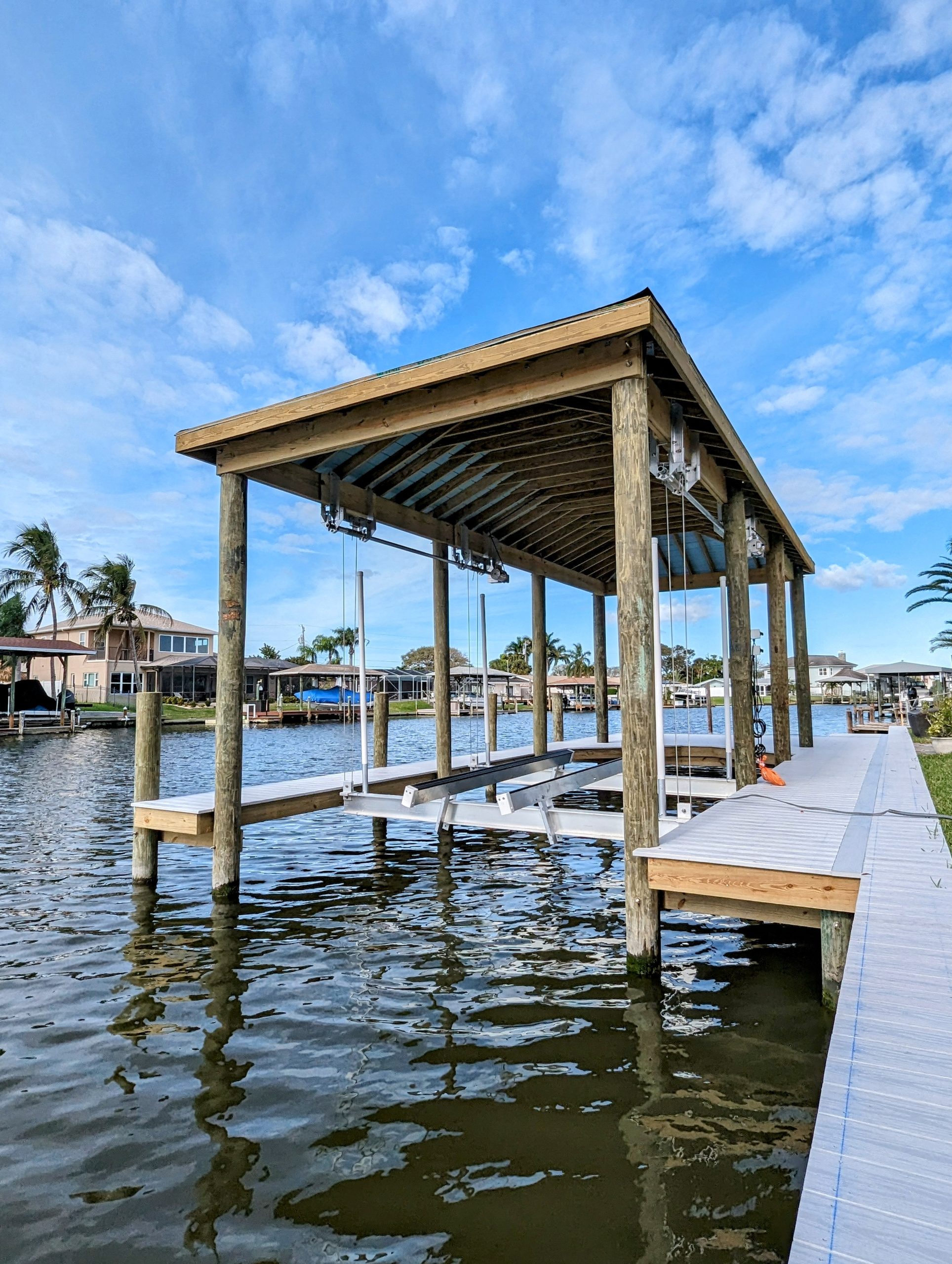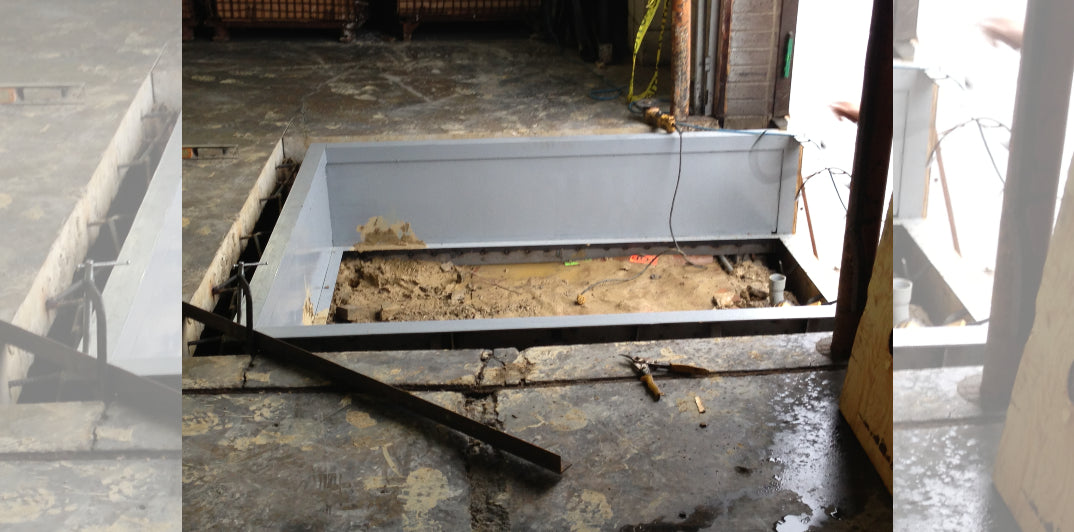Typical Issues That Cause Costly Dock Repairs
Typical Issues That Cause Costly Dock Repairs
Blog Article
Efficient Dock Repair Work Techniques: Ensuring Architectural Stability
Guaranteeing the architectural stability of anchors through effective repair service techniques is critical for the durability and safety of marine centers. Ultimately, picking the appropriate fixing products, such as composite materials and corrosion-resistant alloys, is essential for longevity.
Analyzing Dock Damage
Examining dock damage is a crucial very first step in guaranteeing the structural integrity and safety and security of any kind of docking facility. This preliminary examination involves a detailed assessment to identify both covert and noticeable problems. Trick aspects to analyze include the dock's structure, pilings, decking, and hardware. Each element has to be inspected for signs of wear, rot, corrosion, or other kinds of destruction that might compromise the structural stability.
Architectural engineers or certified inspectors usually do these evaluations utilizing specialized techniques and tools. For instance, undersea evaluations might use sonar equipment or remotely operated automobiles (ROVs) to detect submerged damage. Above water, aesthetic evaluations are complemented by utilizing moisture meters and various other analysis devices to reveal underlying concerns not quickly noticeable to the naked eye.

Deciding On Repair Products
Picking the suitable repair work products is a pivotal step in the dock reconstruction process, one that directly affects the longevity and efficiency of the repaired structure. Product choice have to be driven by aspects such as ecological problems, load-bearing needs, and compatibility with existing dock components.
Along with wood, composite materials are progressively prominent as a result of their resilience and low upkeep demands. Compounds, normally made from a mix of plastic and wood fibers, supply superb resistance to rot, pests, and UV damage. For metal docks, choosing corrosion-resistant alloys such as galvanized steel or marine-grade light weight aluminum is necessary to prevent corrosion and guarantee structural honesty in saline water conditions.
Epoxy resins and marine-grade sealants are vital for fixing cracks and securing joints, offering a water resistant barrier and enhancing the dock's total strength. By carefully choosing high-quality products, dock repair work can accomplish durable outcomes, thereby securing against future destruction and making sure secure, trusted use.
Architectural Reinforcement Strategies
Effective architectural support strategies are important in guaranteeing the security and long life of dock repair services. One basic method entails using steel or composite support bars (rebar) within concrete structures. Rebar provides added tensile stamina, preventing splits and dispersing tons more evenly. This method is specifically reliable for docks subjected to hefty lots or severe environmental conditions.
An additional important strategy is the application of fiber-reinforced polymers (FRP) These products supply high strength-to-weight ratios and excellent resistance to rust, making them excellent for strengthening wood or concrete anchors. FRP can be applied in sheets or strips and bound with epoxy materials to boost structural integrity.
Supporting and anchoring systems likewise play an important role in architectural reinforcement. Cross-bracing, making use of metal or wood light beams, can combat lateral forces, lowering about his swaying and motion. Securing systems, such as helical piers or driven piles, supply a secure foundation by transferring tons to much deeper, more steady dirt layers.
Finally, the combination of load-distribution plates can help disperse weight much more equally throughout the dock's surface area, mitigating local anxiety factors. These methods collectively ensure that anchors continue to be secure and robust, efficient in enduring the roughness of their operational atmosphere.
Advanced Fixing Methods

An additional advanced technique entails underwater welding, which enables for repairs to be carried out without the requirement to dewater the area. This approach is specifically advantageous for dealing with architectural problems in submerged dock elements, guaranteeing marginal interruption to procedures. Improved welding methods, coupled with robot systems, deliver accuracy and dependability, therefore expanding the lifespan of the dock.
Furthermore, cathodic defense systems are implemented to avoid rust in metallic dock structures. By using sacrificial anodes or amazed existing systems, these techniques effectively reduce the electrochemical procedures that lead to product deterioration.
Last but not least, advanced monitoring innovations, such as architectural health tracking (SHM) systems, offer real-time information on the condition of dock frameworks. These systems enable proactive maintenance and timely treatments, inevitably guaranteeing the long-lasting structural honesty of the dock.
Maintenance and Prevention
Maintenance and prevention are basic browse around here concepts that underpin the durability and safety of dock structures. Routine inspections are extremely important, enabling early detection of deterioration, potential weaknesses, and environmental influences. A proactive technique, including routine checks for deterioration, rot, and structural changes, mitigates pricey repairs and extends the dock's functional life.
Precautionary procedures need to consist of applying protective layers to steel elements to defend against rust and utilizing cured timber to stand up to degeneration. Furthermore, ensuring correct drain and ventilation can prevent water buildup, which is a common reason for structural This Site deterioration. Including quality materials and adhering to manufacturer standards throughout construction and repair work phases likewise play important roles in enhancing resilience.

Educating employees in dock maintenance ideal methods makes sure constant application of safety nets. Leveraging technological advances, such as drones for examinations and sensors for real-time monitoring, can additionally improve upkeep initiatives. By prioritizing upkeep and avoidance, dock proprietors can ensure architectural stability, functional safety and security, and affordable monitoring over the dock's lifespan.
Verdict
In final thought, keeping the structural stability of aquatic facilities requires extensive dock fixing methods. Advanced fixing techniques, coupled with normal maintenance methods, ensure the dock stays secure and functional under varied environmental problems.
Ensuring the structural honesty of anchors through reliable repair work methods is critical for the durability and safety and security of marine centers.Picking the suitable fixing products is an essential step in the dock reconstruction procedure, one that straight affects the longevity and performance of the repaired framework.Effective structural support methods are critical in making certain the stability and long life of dock fixings. By prioritizing maintenance and avoidance, dock owners can make certain architectural integrity, operational safety, and affordable administration over the dock's life-span.
In verdict, preserving the structural integrity of aquatic centers demands comprehensive dock fixing methods.
Report this page